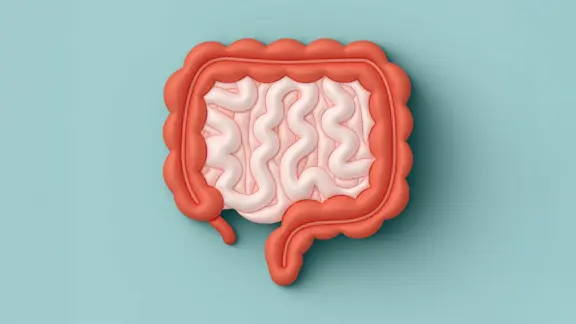The month of May came with a set of newly-filed lipidomics patents which made use of Lipotype Shotgun Lipidomics.
The problem
Complex biologics are promising therapeutic candidates for a variety of diseases. However, it is difficult to deliver large biologic agents into a cell because the plasma membrane acts as a barrier between the cell and the extracellular space. There is a need in the art for new membrane fusion methods of delivering complex biologics into cells. This can be achieved through so called fusosomes.
And the solution to it
A fusosome is comprised of a lipid bilayer, an enclosed lumen and a fusogen. Cargo includes e.g. therapeutic proteins, neucleic acids and small molecules. Fusosomes and parental cells must have a similar lipid composition. Thus, the lipid composition of fusosomes affects important biophysical parameters, such as size and colloidal behavior.
Three patent applications providing fusion-based methods of delivering complex biologic cargo to target cells – in this case to hematopoietic stem cells, the CNS or T cells – have been filed.o other tissues. It is the first organ physiologically exposed to higher insulin concentrations. The molecular consequences of chronic insulin deficiency for the liver have now been studied systematically.
The analyses revealed increased activities in amino acid metabolism, oxidation of fatty acids, ketogenesis, and gluconeogenesis in the liver samples. The first multi-omics study of a clinically relevant diabetic large animal model revealed molecular signatures and key drivers of functional alterations of the liver in insulin-deficient diabetes.
Resources
1 – Patent: Compositions for facilitating membrane fusion and uses thereof
2 – Patent: Fusosome Compositions for CNS Delivery
3 – Patent: Fusosome Composition for T Cell Delivery
4 – Patent: Fusosome Compositions for Hematopoietic Stem Cell Delivery
Follow us on LinkedIn, Twitter, Instagram, Facebook or YouTube and subscribe to our newsletter to stay updated on lipids and lipidomics!




